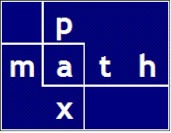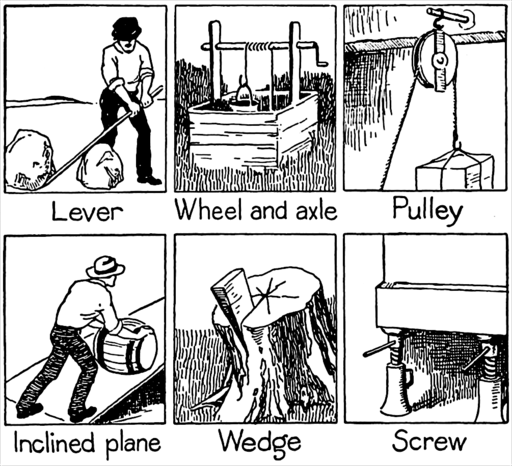General
Excerpt
Some notational signs, used next to images of animals, may have appeared as early as the Upper Palaeolithic in Europe circa 35,000 BCE, and may be the earliest proto-writing: several symbols were used in combination as a way to convey seasonal behavioural information about hunted animals.
Thanks to Aristotle, Ḥasan Ibn al-Haytham, John Dewey
Excerpt
a team led by Douglas Engelbart (with Jeff Rulifson as chief programmer) was the first to implement the hyperlink concept for scrolling within a single document (1966), and soon after for connecting between paragraphs within separate documents (1968)
Excerpts (that I cut and pasted)
The term “cut and paste” comes from the traditional practice in manuscript-editings whereby people would cut paragraphs from a page with scissors and paste them onto another page.
Inspired by early line and character editors that broke a move or copy operation into two steps — between which the user could invoke a preparatory action such as navigation — Lawrence G. “Larry” Tesler proposed the names “cut” and “copy” for the first step and “paste” for the second step. Beginning in 1974, he and colleagues at Xerox PARC implemented several text editors that used cut/copy-and-paste commands to move and copy text.
import sqlparse
def indent_sql(sql):
parsed = sqlparse.parse(sql)
output = ""
indentation = 0
for statement in parsed:
for token in statement.tokens:
if token.is_whitespace():
output += str(token)
else:
output += " " * (indentation * 4) + str(token)
if str(token).upper() in ["SELECT", "FROM", "WHERE", "GROUP BY", "ORDER BY"]:
indentation += 1
elif str(token).upper() in ["END", "ELSE"]:
indentation -= 1
return output
Excerpt
Some software languages (such as Python and occam) use indentation to determine the structure instead of using braces or keywords; this is termed the off-side rule. In such languages, indentation is meaningful to the compiler or interpreter; it is more than only a clarity or style issue.
Although the earliest maps known are of the heavens, geographic maps of territory have a very long tradition and exist from ancient times. The word “map” comes from the medieval Latin: Mappa mundi, wherein mappa meant ‘napkin’ or ‘cloth’ and mundi ‘the world’. Thus, “map” became a shortened term referring to a two-dimensional representation of the surface of the world.
Mathematics
Excerpt
The Babylonians did not technically have a digit for, nor a concept of, the number zero. Although they understood the idea of nothingness, it was not seen as a number—merely the lack of a number. Later Babylonian texts used a placeholder ![]() to represent zero, but only in the medial positions, and not on the right-hand side of the number, as we do in numbers like 100.
to represent zero, but only in the medial positions, and not on the right-hand side of the number, as we do in numbers like 100.



